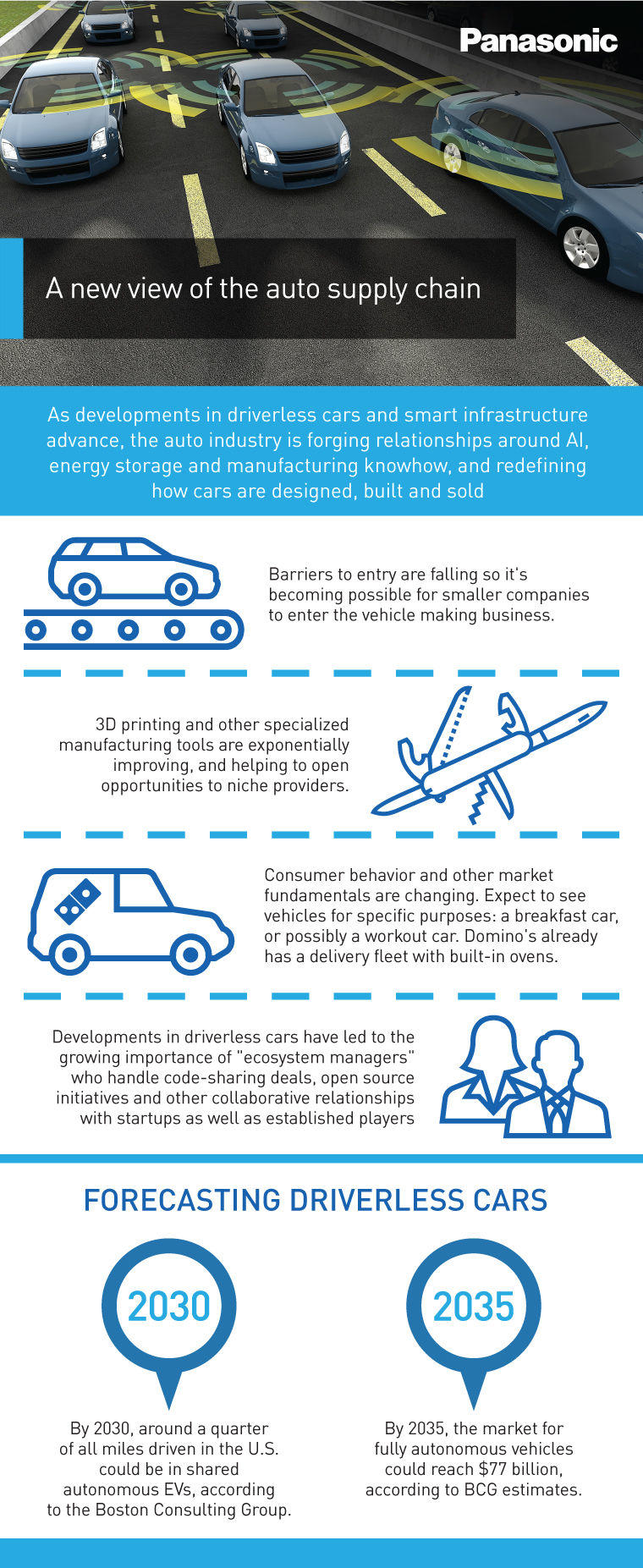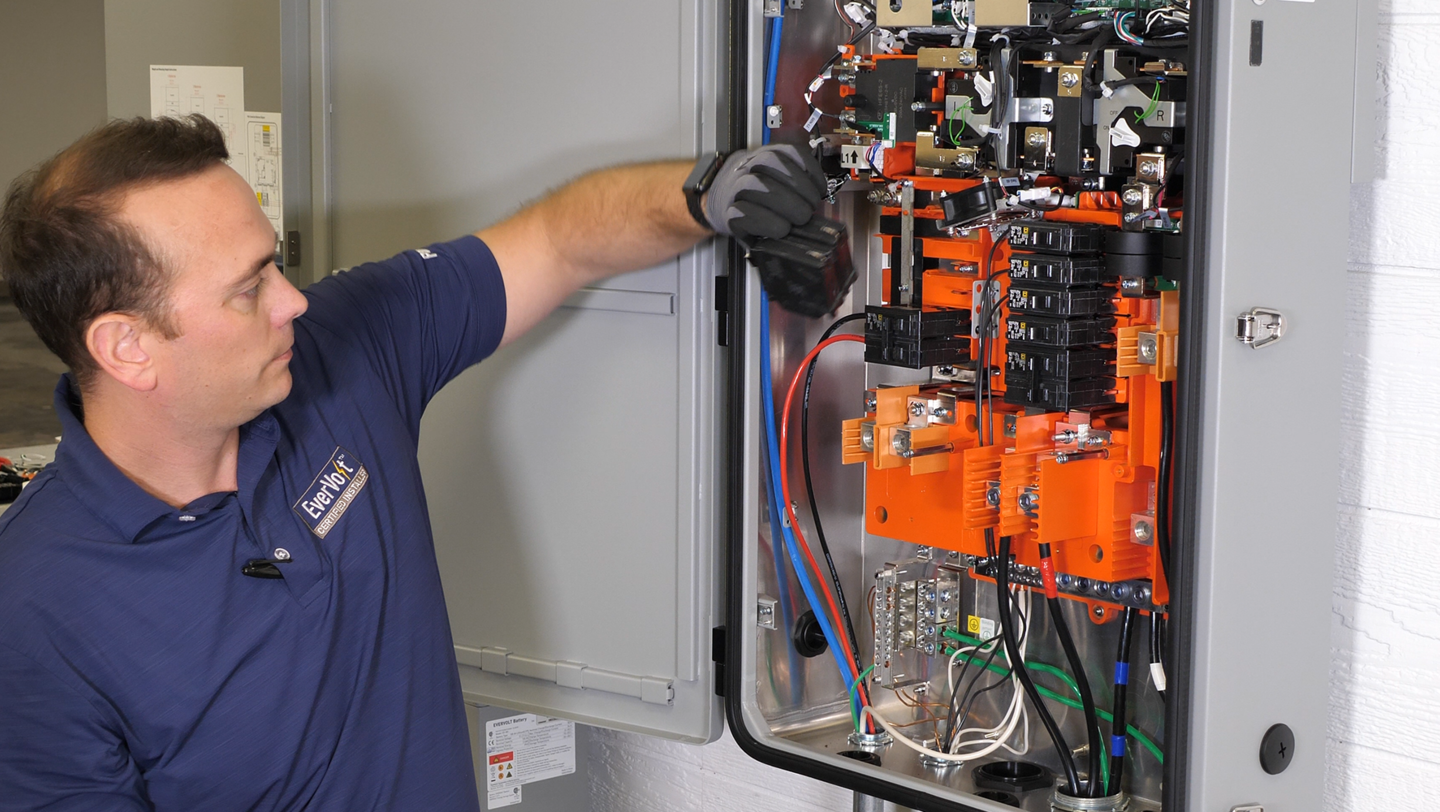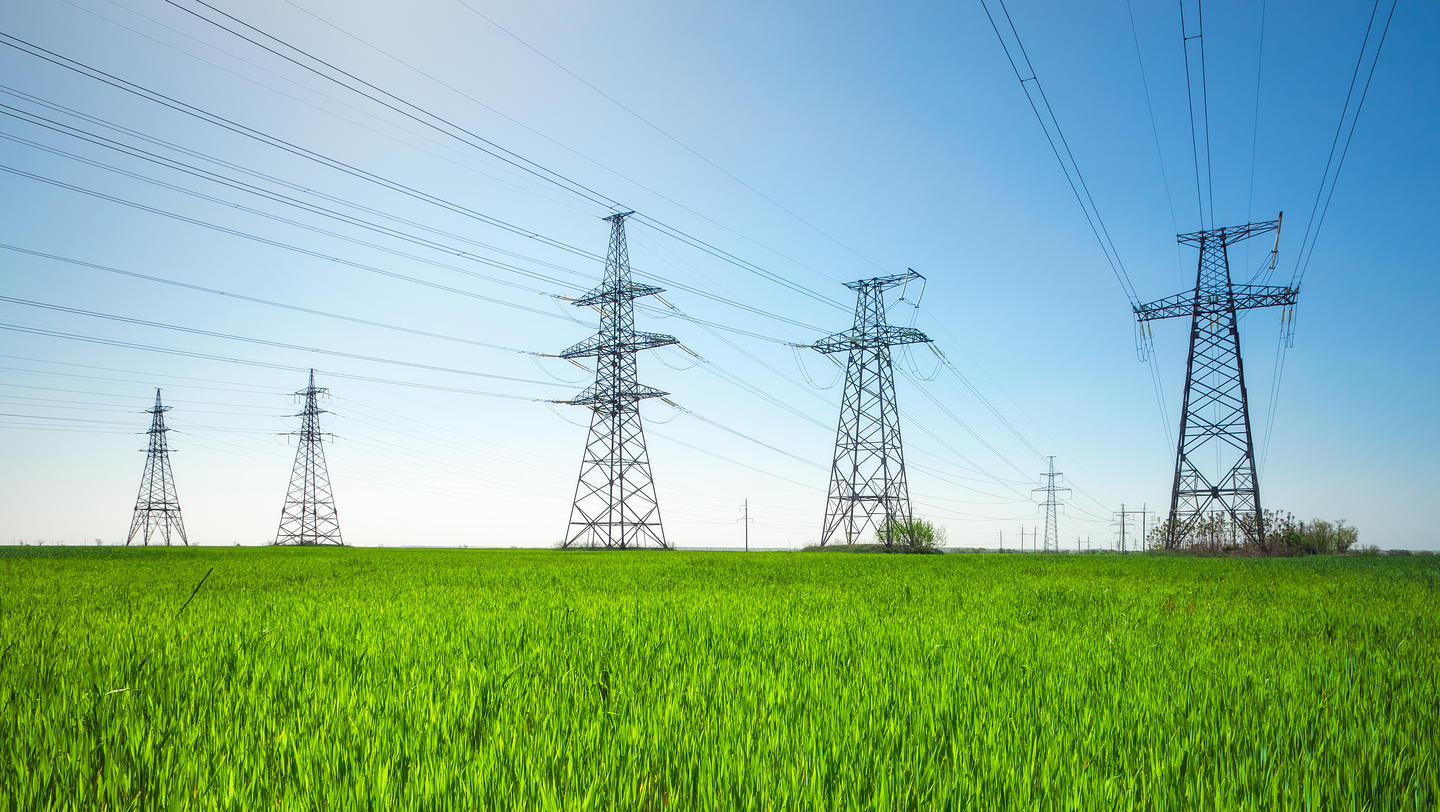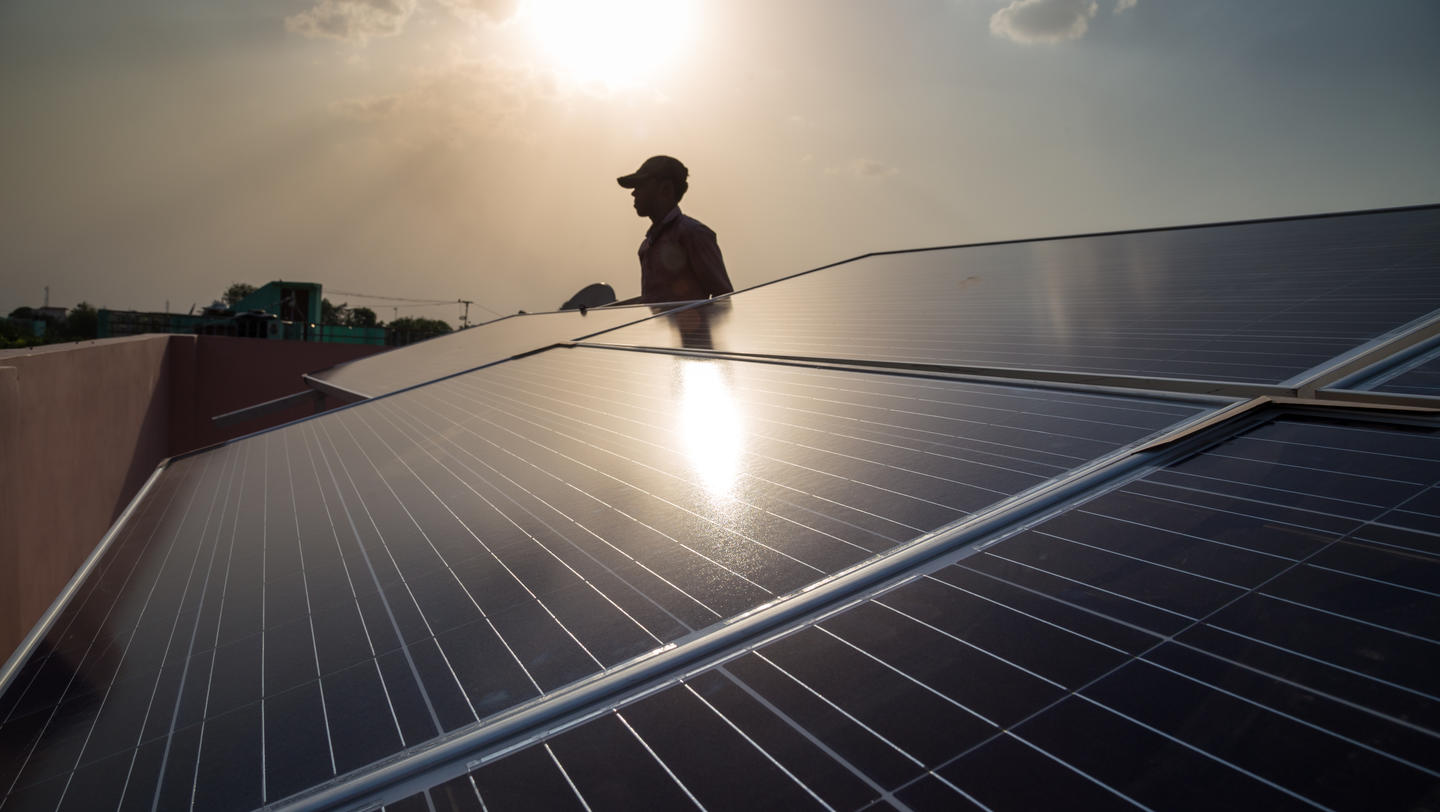Independence Day drivers and driverless cars
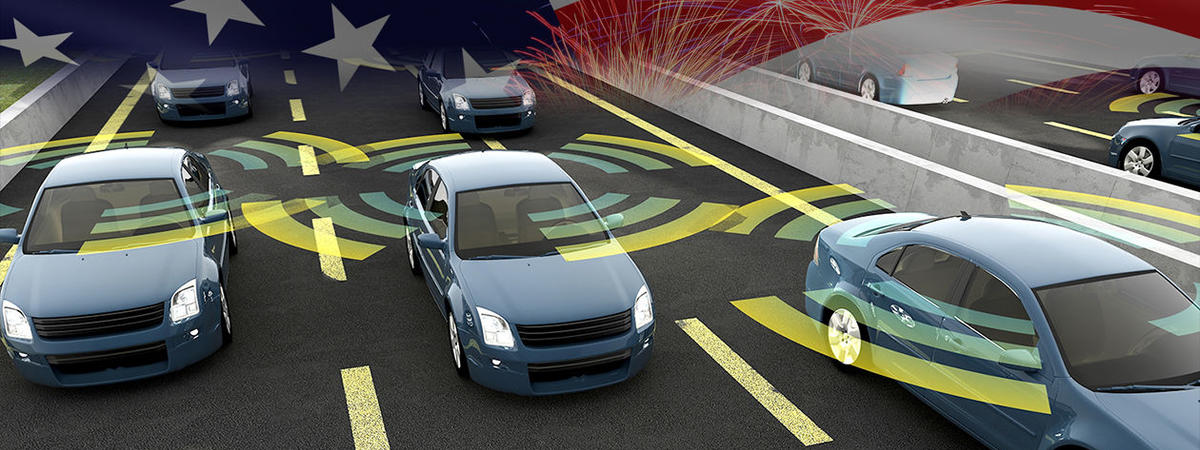
Independence Day drivers and driverless cars
5 minutesMillions of Americans are gearing up for what analysts say will be the most traveled Independence Day holiday in history. A record-breaking 44.2 million Americans will travel 50 miles or more away from home, says travel group AAA, and the vast majority will journey in a car. As autonomous driving tech become more visible, one question is bound to come up: when will we take this trip in a driverless car?
Already, technology exists to move driverless cars through controlled environments such as stretches of highway, self-contained city districts and even a speedway. Now new players—excited by the possibility of autonomous--are emerging to bring fresh ideas to the business of making and selling vehicles.
Forecasting a $77 billion market
Changes are coming fast. By 2030, around a quarter of all miles driven in the U.S. could be in shared autonomous electric vehicles, according to research from The Boston Consulting Group. NYC, LA, Dallas and other cities with 1 million plus people are expected to be impacted first. By 2035, the market for fully autonomous vehicles could reach $77 billion, the firm estimates.
Why is it happening so quickly? Barriers to entry are falling, so it’s becoming possible for smaller companies to enter the vehicle making business. Drive trains, for instance, are moving to electric, which are a lot less complicated (and less expensive) than traditional gas fired engines to make. Furthermore, 3D printing and other specialized manufacturing tools are exponentially improving. Taken together, these developments help open opportunities to niche providers.
Changing consumer behavior
What’s more, consumer behavior and other market fundamentals are changing. Today, people don’t have a car for every scenario so they compromise—a well-used pick-up truck that also functions as wheels to a black-tie gala; a sports car that also shuttles kids to school. Expect to see vehicles developed for specific purposes: a breakfast car, a date car, a workout car.
Domino’s has caught on. It rolled out 155 specially designed DXP delivery vehicles each with an oven and space for 80 pizzas, sides, soda and dipping sauces. The custom vehicles now shuttle pizzas to customers in places like Houston, Detroit and New Orleans. And if the trend expands, fleet owners -- such as Domino’s, large apartment buildings or university campuses -- will dictate specifications of their custom designed vehicles.
A glimpse at the future
At CES, where the auto ecosystem goes to see and discuss some of the coolest ideas in vehicle technology, the drumbeat of deals earlier this year among friends, foes turned friends, and startups provided a glimpse of what’s to come. Companies announced open innovation initiatives, code sharing agreements and acquisitions to support the development of driverless cars and smart infrastructure. Panasonic, for one, teamed up with Qualcomm Technologies to show an IVI system built on Android’s automotive features that control in-vehicle functions such as HVAC, and demonstrated the integration of Google's services and popular Android applications with the system.
Collaborating with startups
In “The Long Tail: Why the Future of Business is Selling Less of More,” author Chris Anderson argues that companies including car makers have expanded their product range so much that some can claim they sell no identical products. In other words, they are selling to niche groups, even a “market of one.” This change impacts the supply chain. Some Tier 1 auto suppliers, such as Panasonic, spend more time not only creating their own technology, but also evaluating, testing and supporting nascent entrepreneurial ideas that could be fundamental to future driverless cars. In this scenario, purchasing departments, for example, take on a much greater role as third party ecosystem managers which involves code sharing, open innovation and other partnerships.
The work is happening around the globe including in Atlanta on the edge of Georgia Tech where engineers at the Panasonic Automotive Innovation Center in Atlanta, are working with Georgia Tech researchers and startups to discover and validate cutting edge technologies related to energy storage, heat management, air filtering, optics, deep learning and machine vision—that could form the future of the custom built “breakfast car” that takes you to work in 2035.
Read more about autonomous driving in the Consumer Road to Driverless Cars.
About our expert: John Avery manages Panasonic's Automotive Innovation Center in Atlanta, which is focused on next-gen auto technology. John is a serial entrepreneur with multiple successful startups.
